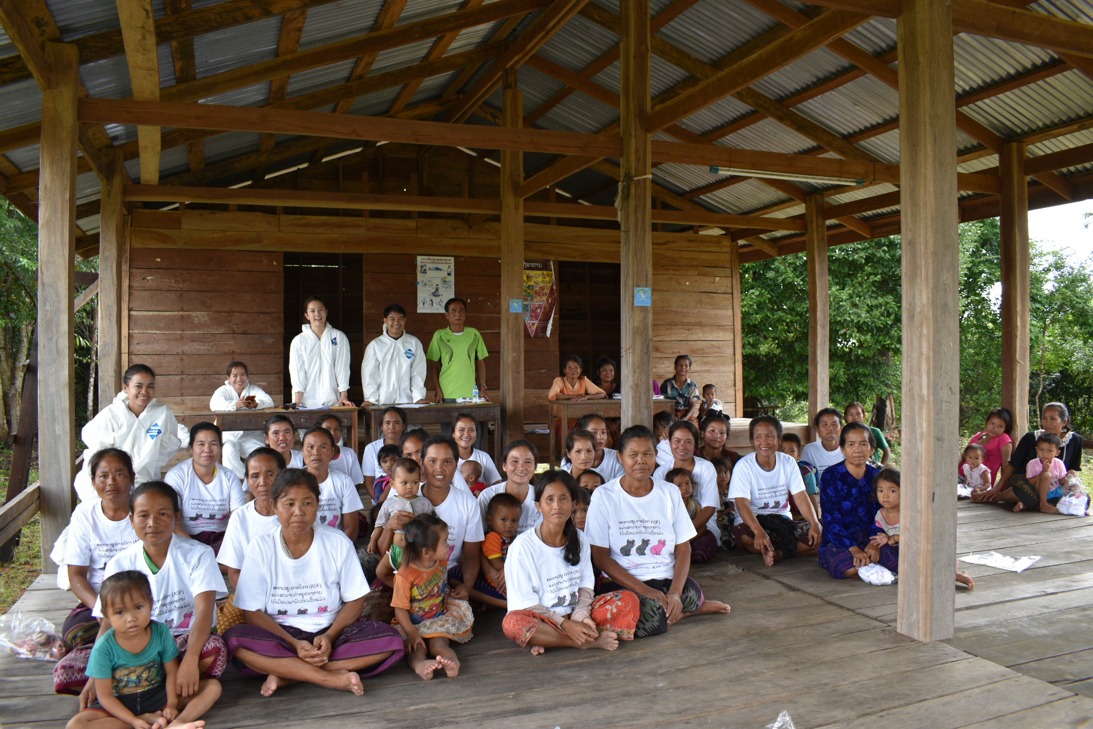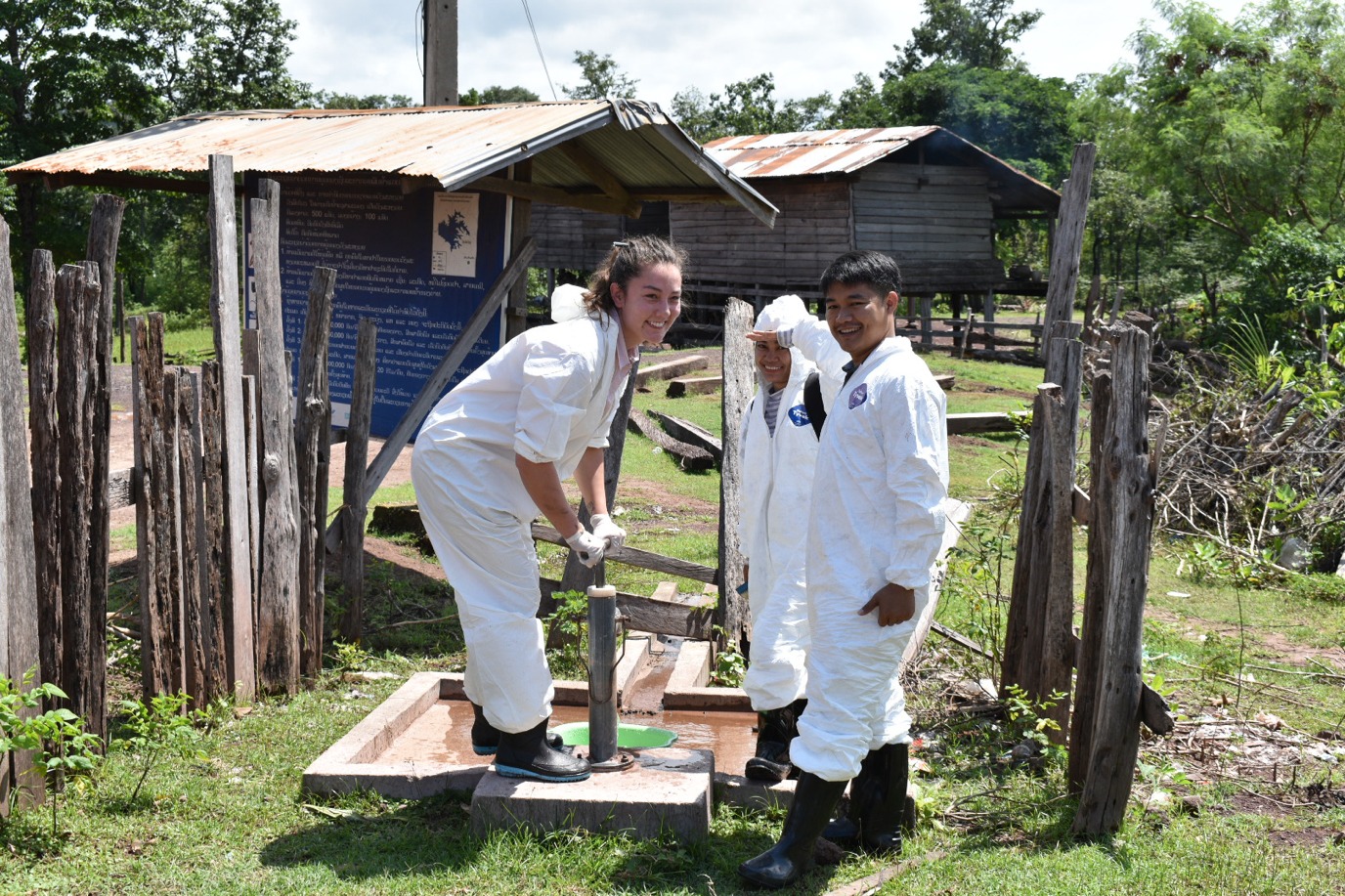

Biosecurity lessons from the outbreak and spread of African swine fever in Laos
December 18, 2019
As part of our concerted efforts to support and encourage the next generation of Australians in study, careers and volunteering in international agricultural research, the Crawford Fund State Committees proudly support our Student Awards.
These awards allow university students from around Australia to include an international component to their studies, to travel to their host countries to research and explore their chosen topic areas and gain international agricultural research experience and expertise.
Throughout the past year, we have enjoyed sharing the journey of our 2018 recipients of these Awards and their experiences have been diverse and overwhelmingly positive. They are available here.
We now proudly present to you the reports from our 2019 cohort as they complete their travels and research. To date we have reported on the experiences of Luke Dieters from the University of Queensland; Jori Bremer from the University of New England; and Nadeem Akmal from the University of Canberra.
Also, we have launched our 2020 Student Awards which are available for university students from every State and Territory so check out the backgrounder and apply online.
We now deliver to you the experience of PhD student Nina Matsumoto from the University of Sydney who worked as part of the ACIAR project, “Enhancing transboundary livestock disease risk management” in Lao PDR a few months ago, with a particular focus on this year’s devastating African Swine Fever (ASF) outbreak.
Smallholder pig farming in Laos is a vital income source to provide food security and financial resilience to low-income communities. Pigs grow quickly and can be slaughtered for home consumption or sold for a financial boost in the short term, creating resilience against shocks that might otherwise lead to food insecurity. Smallholder livestock keeping presents unique challenges to disease outbreak control, as most farms carry small numbers of pigs, with minimal biosecurity practices and financial inputs.
In 2019 an outbreak of ASF spread across the country, starting in the Southern provinces of Salavan and Savannakhet. This outbreak started in 2018 in China, subsequently also spreading to Vietnam, Cambodia, Myanmar, the Philippines, Timor-Leste and Indonesia.
“This work provided one of the first opportunities for investigators to visit an ASF affected region on the ground in South-East Asia to understand the spread of the disease and the impact it is having on vulnerable communities,” said Nina.
ASF is a moderately contagious disease that is highly resistant in the environment. Smallholder, backyard operations are an identified risk factor for the disease, yet the reports on the epidemiology of ASF within these communities are rare. In Laos, ASF spread to 13 provinces, and 39,000 pigs died or were slaughtered across 165 outbreaks.
During the 2019 incursion of ASF, the Lao Department of Livestock and Fisheries (Lao DLF) resources were primarily targeted at control and education measures across the country. They identified the need for a more robust disease outbreak investigation as well as preliminary analysis of the social and economic effects of the outbreak. As a result, they proposed that Nina perform a structured epidemiological analysis.
“The Crawford Fund Award provided me with the flexibility to organise this trip under reasonably short notice, as the Lao DLF requested this activity in late July and wanted it to occur in September/October,” said Nina.
“Understanding how disease spreads through low-input communities will be of great value for smaller communities with backyard or free-range pigs, interfacing with feral pig populations in Australia too,” said Nina.
“The data collected will later be utilised to build a disease simulation model over which the investigators can evaluate interventions and financial losses/gains. Computational disease simulation activities will be of enormous value to NSW and Australia as it can provide a framework around which to build a similar model for Australia,” she added.

Nina visited the outbreak district in Savannakhet and interviewed both affected and unaffected villages. Preliminary data suggested that ASF severely impacted the pig population in affected villages. Further analyses about the outbreak, disease simulation modelling and bioeconomic modelling is in the pipeline to better understand potential measures that will protect the existing population and allow for safe repopulation.
“By supporting this disease outbreak investigation, The Crawford Fund supports capacity building for the local field staff, who received biosecurity and disease investigation training. And, it provided me with the opportunity to observe ASF affected villages in the field, providing a unique perspective which will be of benefit to Australia in the event of an exotic disease outbreak,” said Nina.

“During the visit we interviewed numerous local stakeholders, including villagers, village leaders and veterinary workers to gather information about smallholder pig management practices, marketing activities and diseases of the area,” she said.
“Using this data, we will be able to begin risk factor analysis and spread rates of ASF through smallholder villages and also understand how smallholder villagers perceive the disease, describe the symptoms, and determine local terminology which can all inform future extension and capacity building activities relevant to the local smallholders,” she said.
“I would like to thank The Crawford Fund; my PhD supervisory team; ACIAR; The University of Sydney, School of Veterinary Sciences; Mahidol-Oxford Tropical Medicine Research Unit; and, Lao Department of Livestock and Fisheries – in particular, the exceptional team at the Savannakhet Provincial office for facilitating this fieldwork,” she concluded.




 0
0